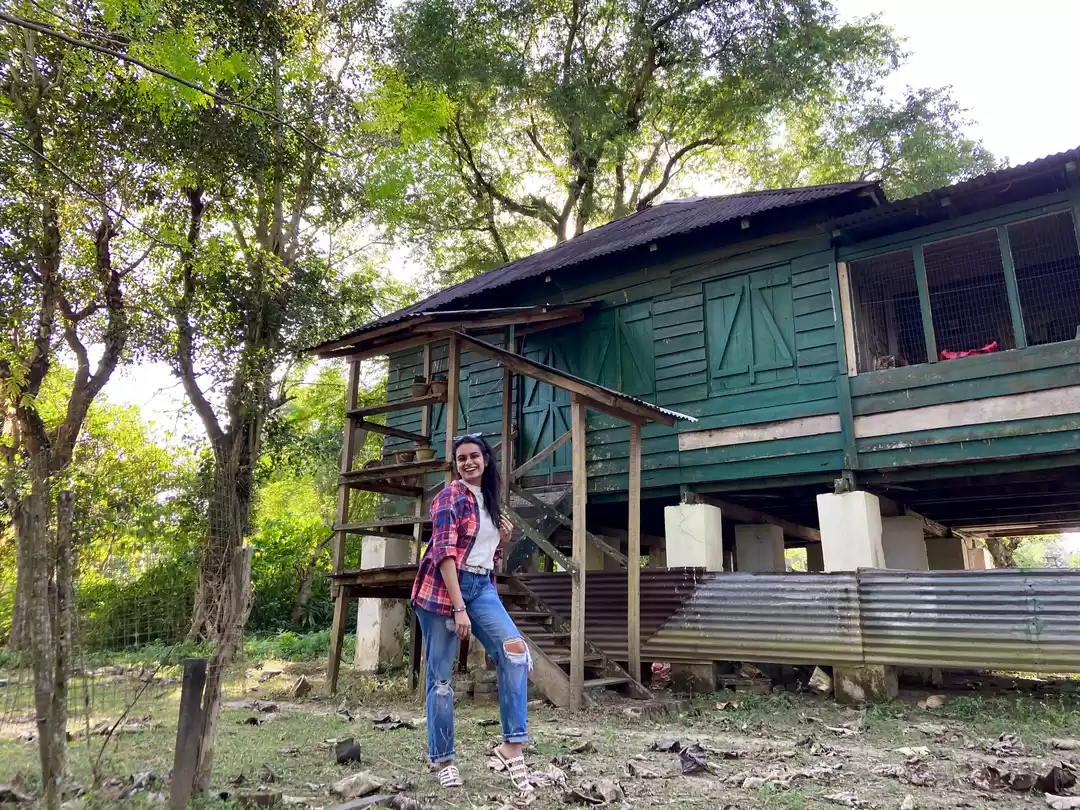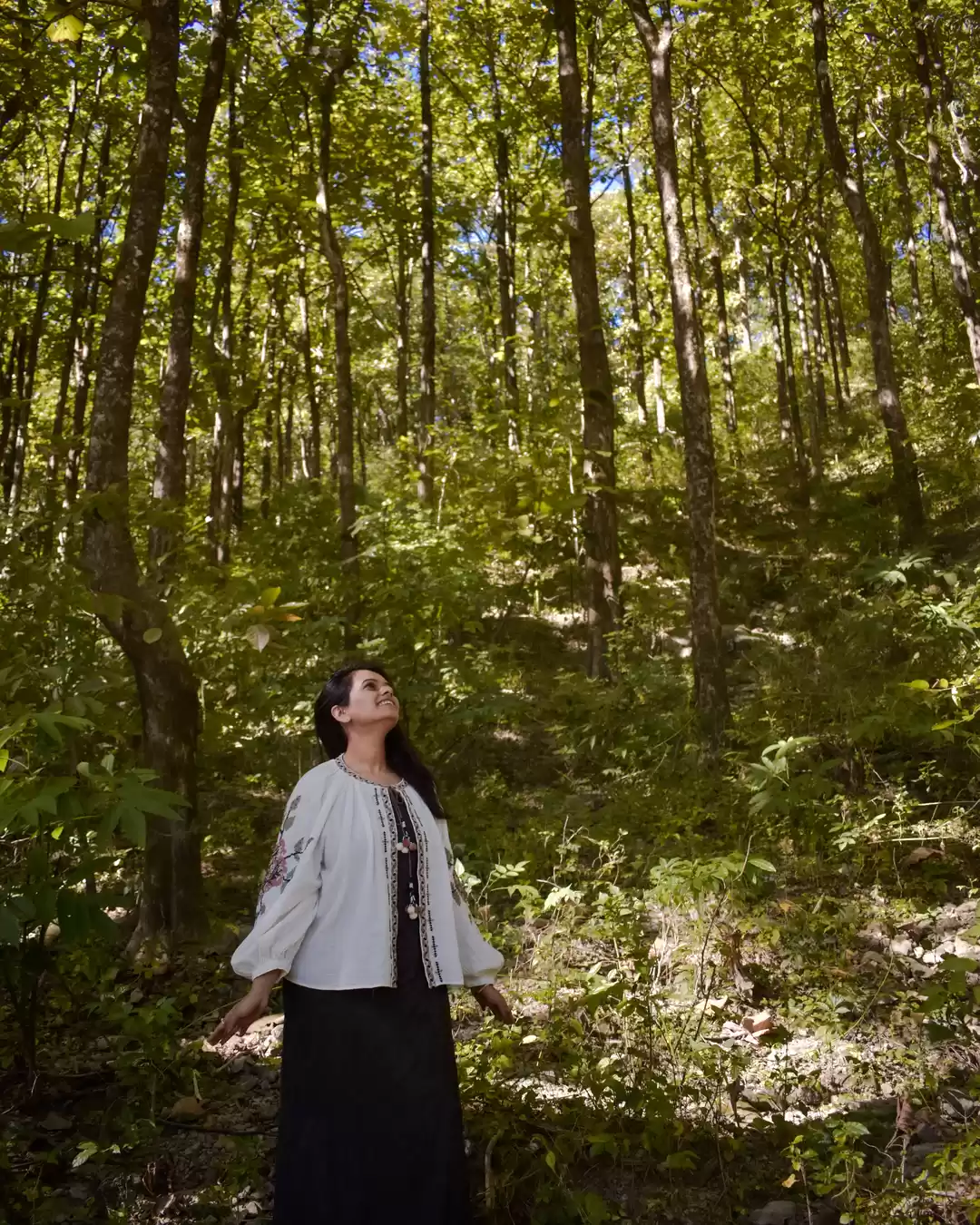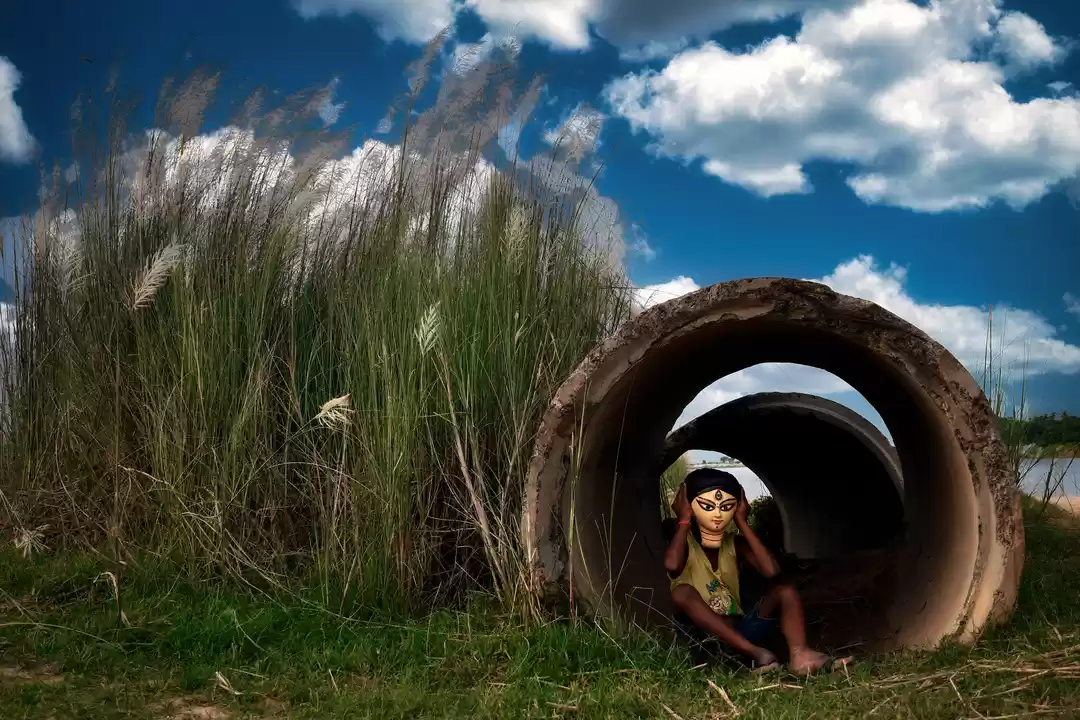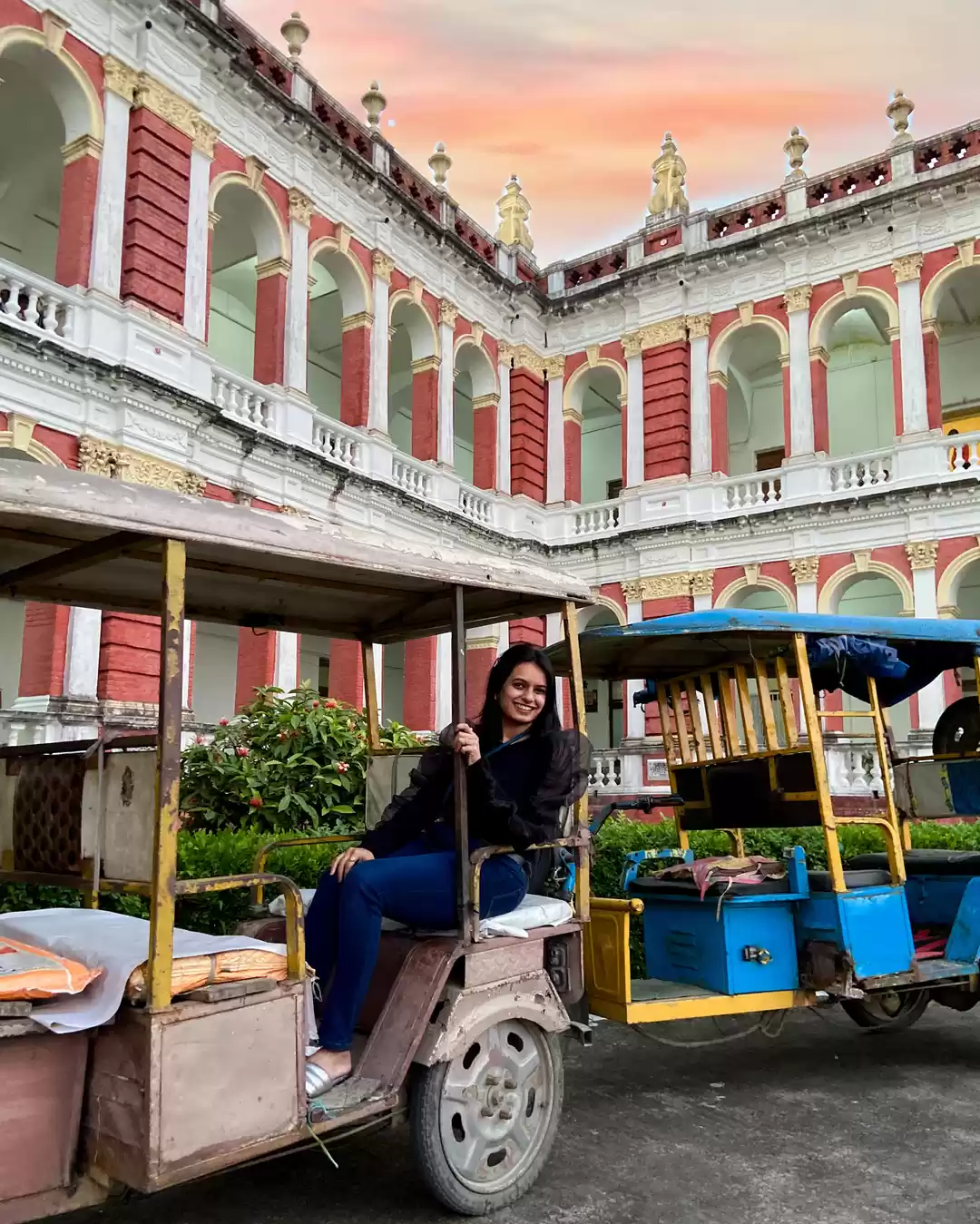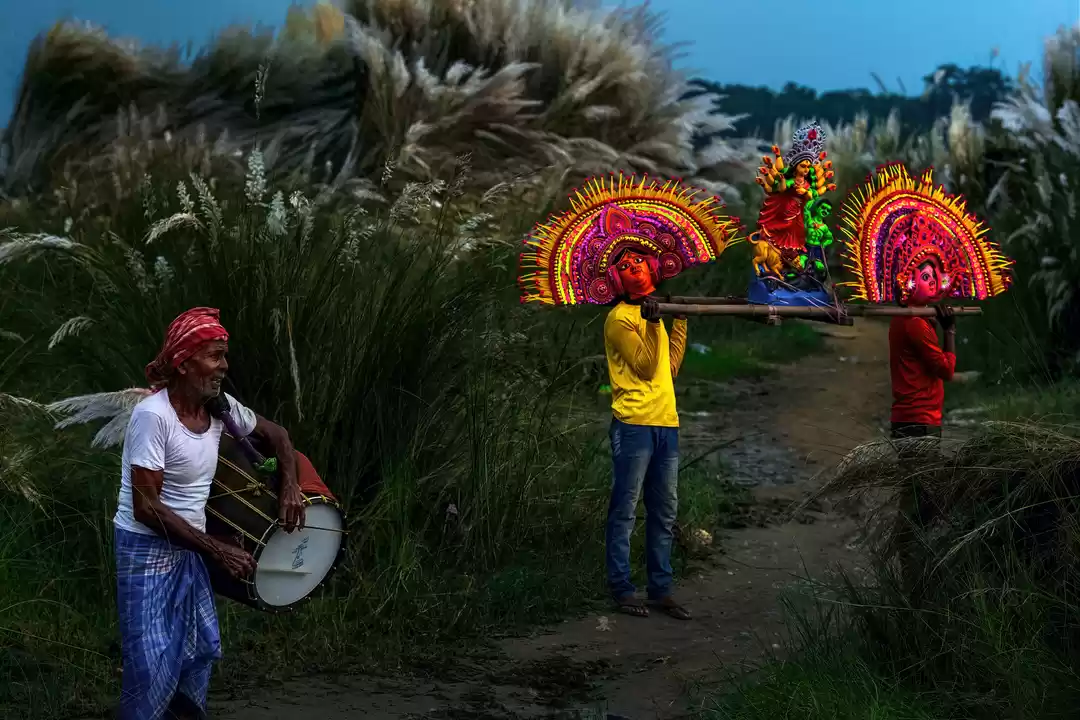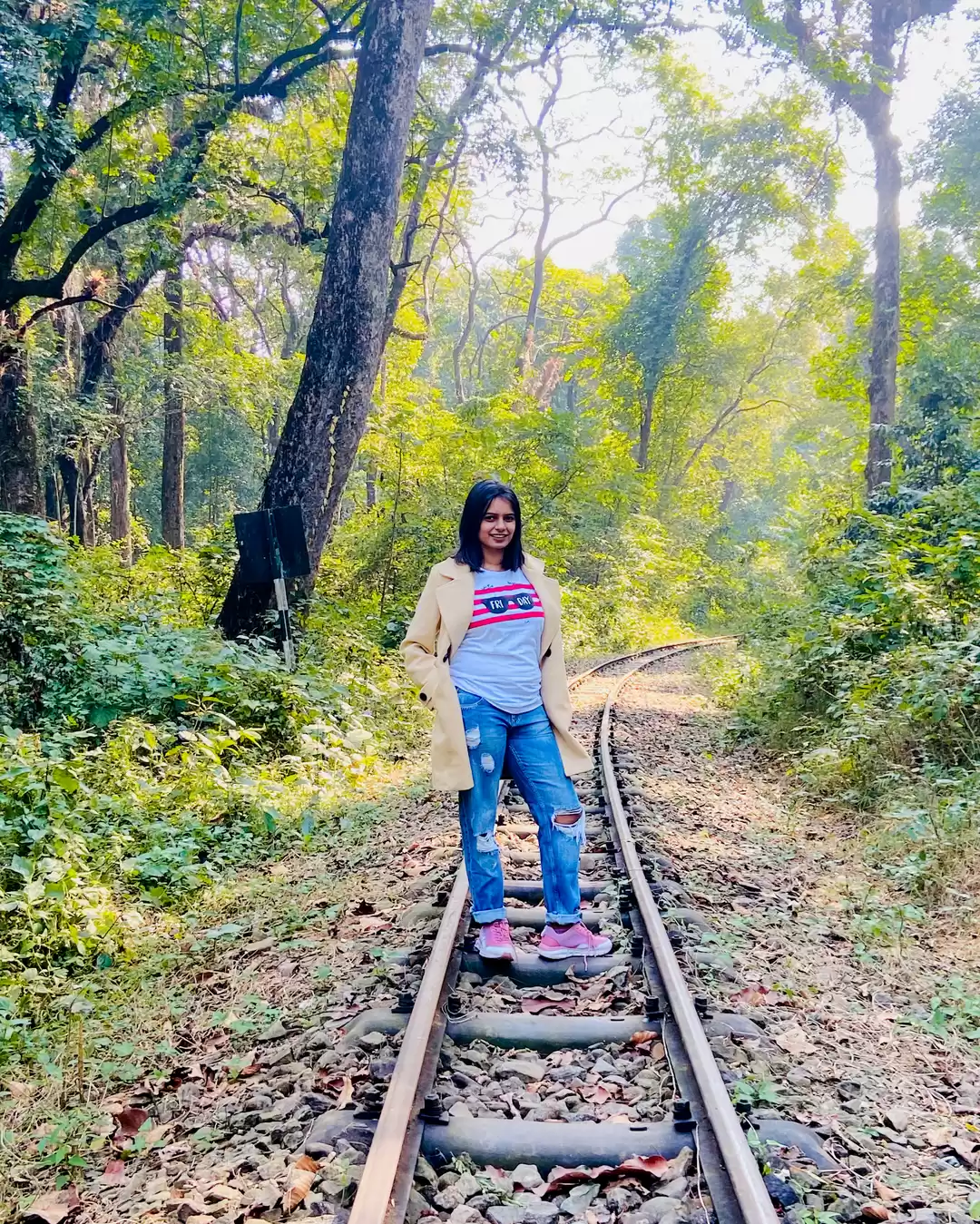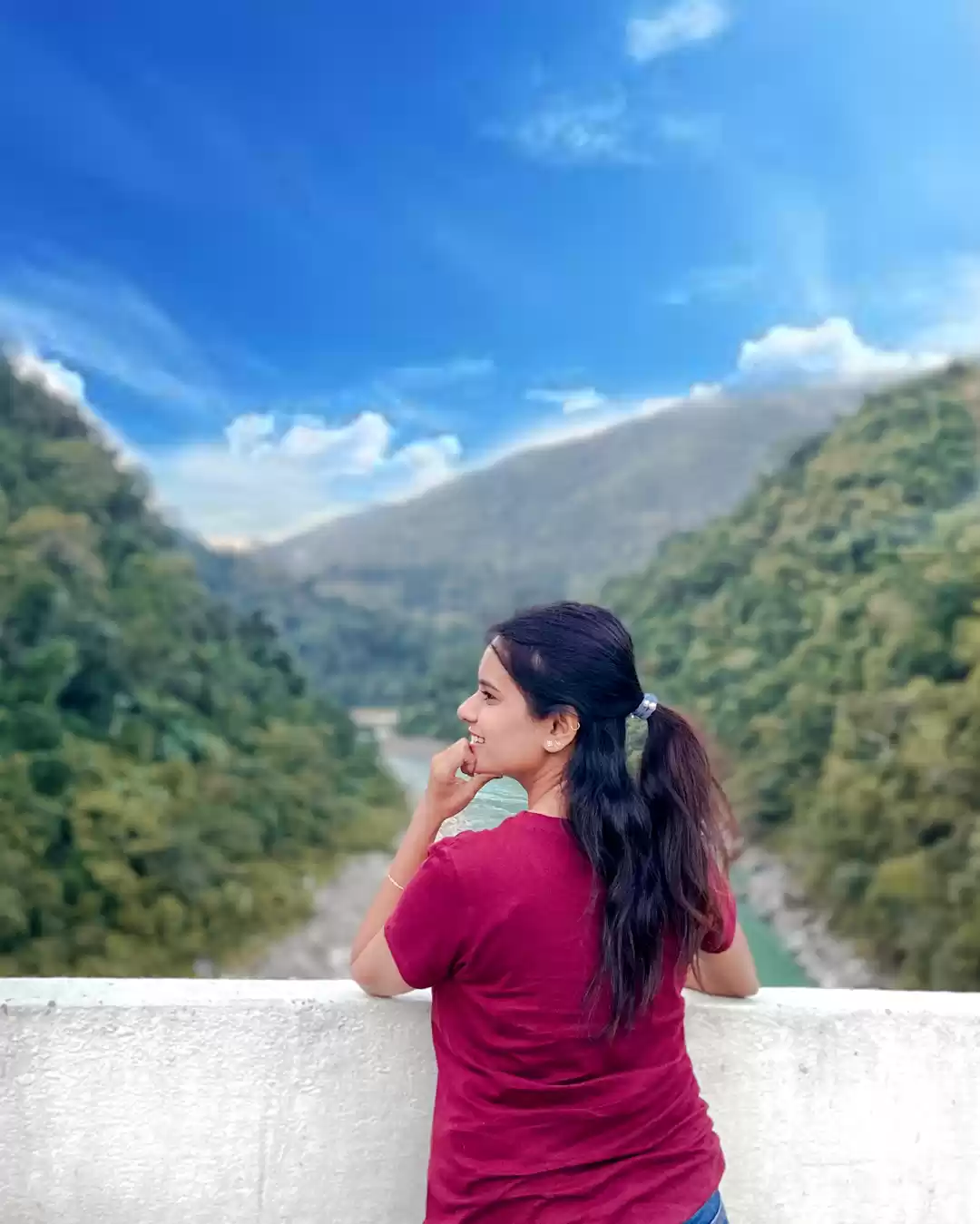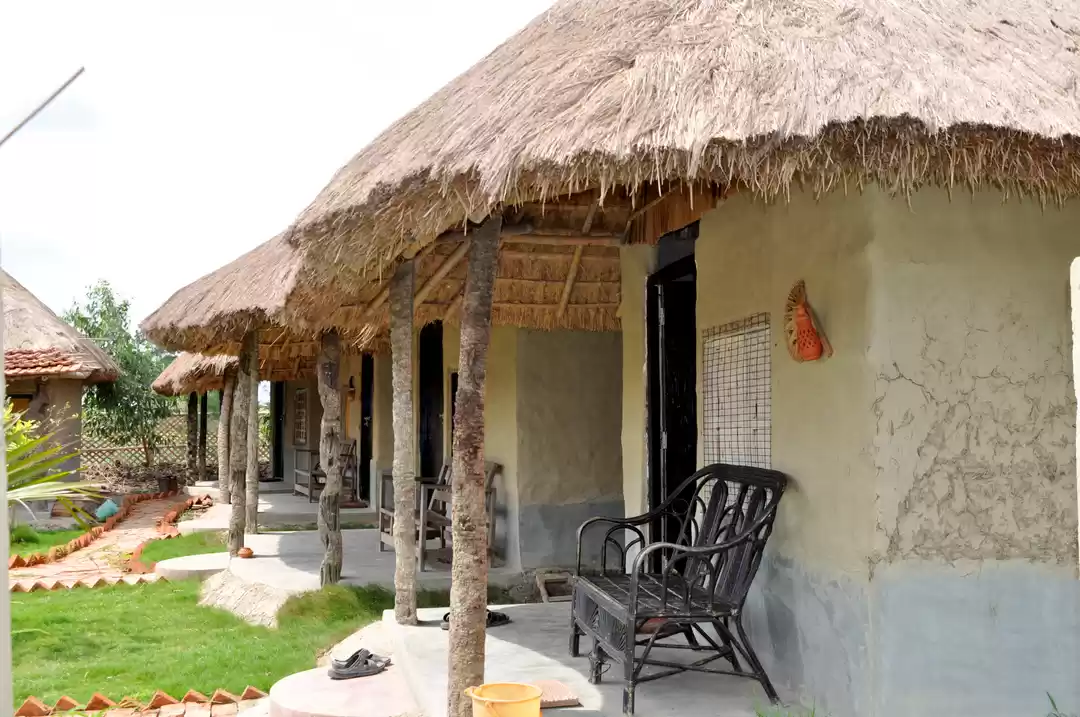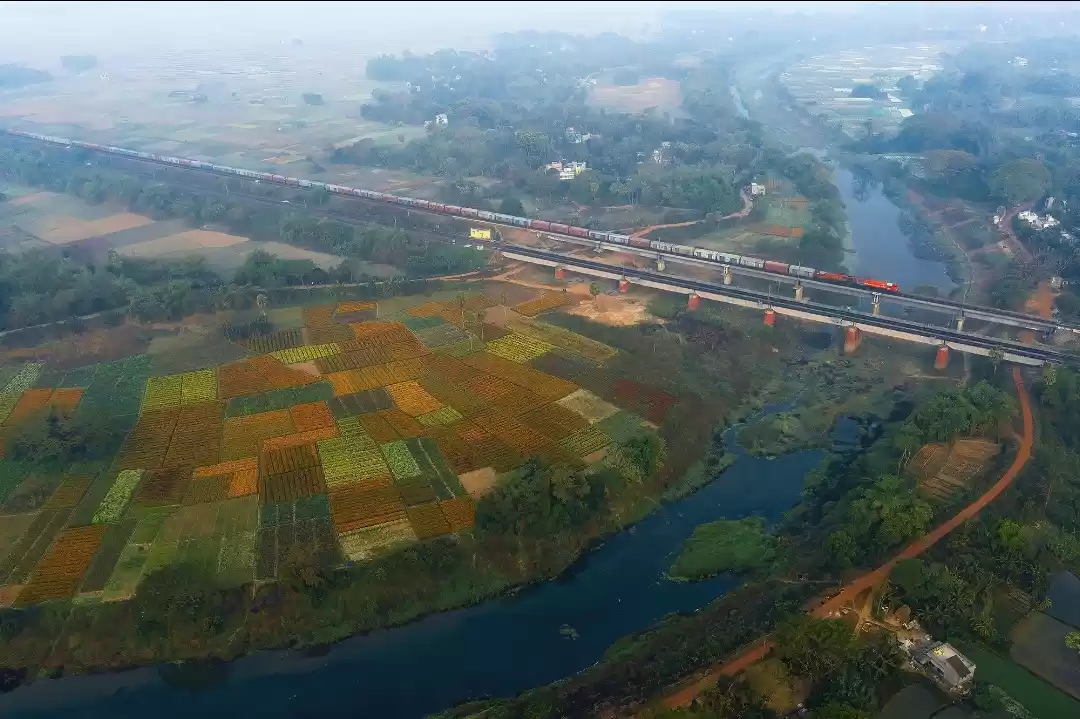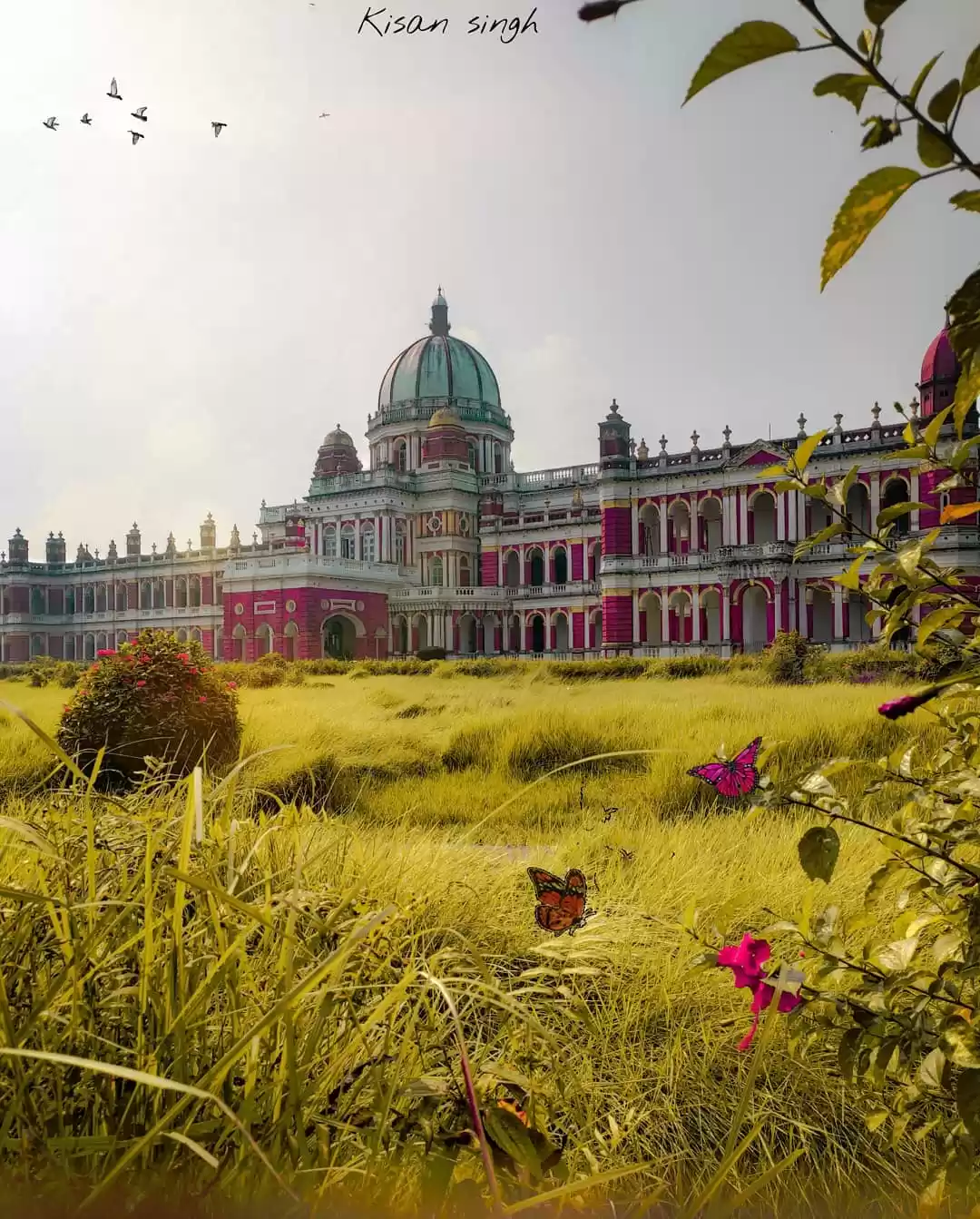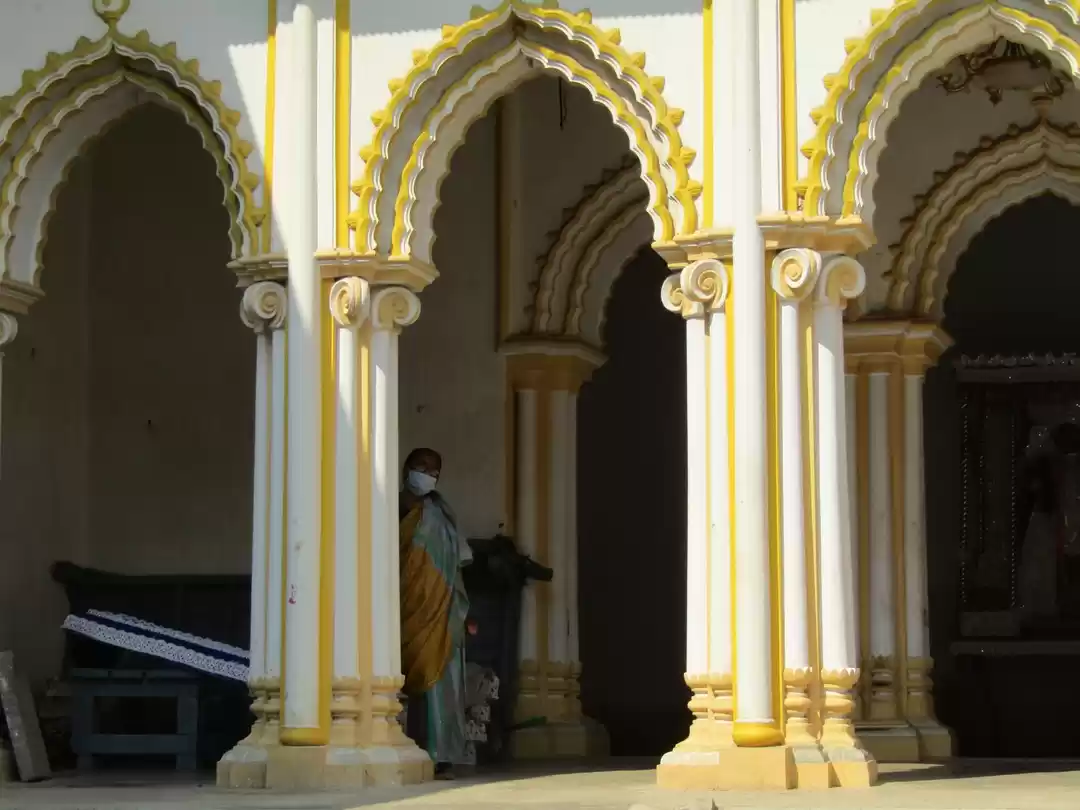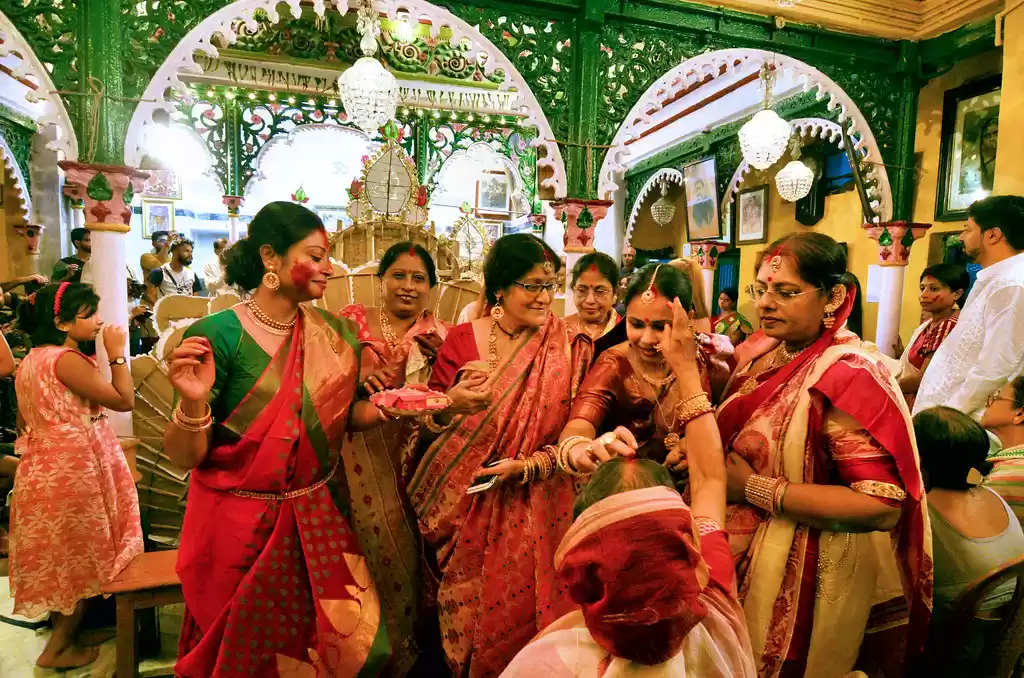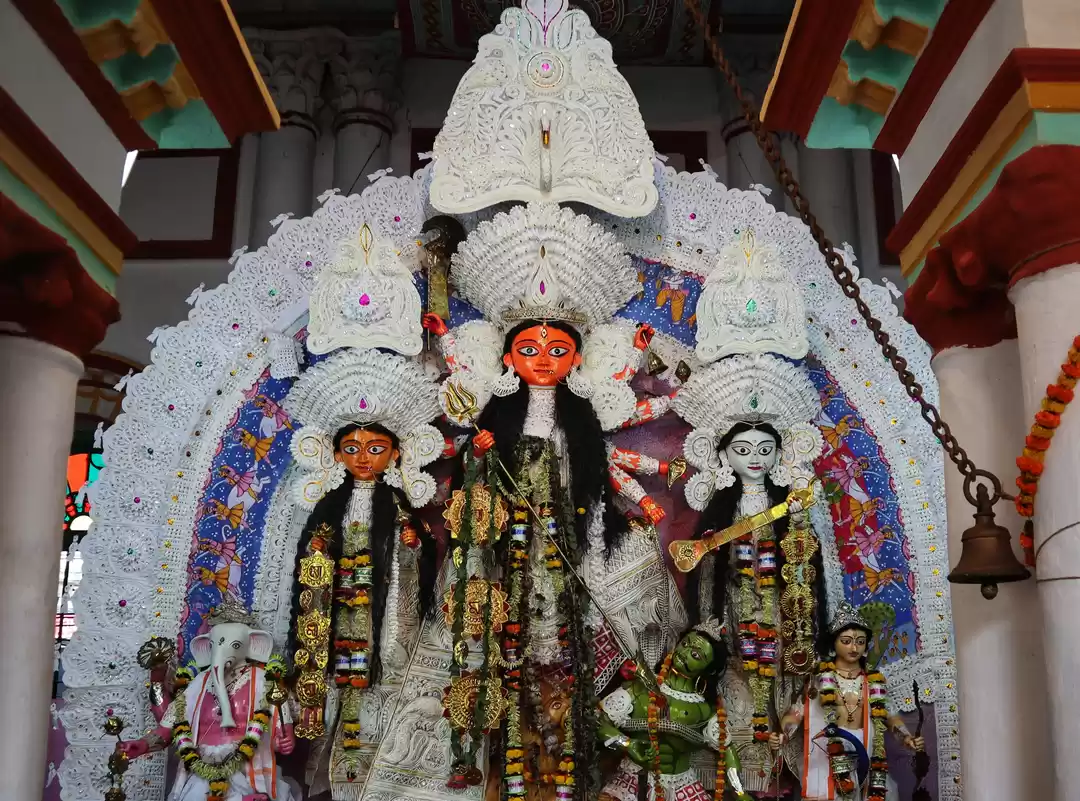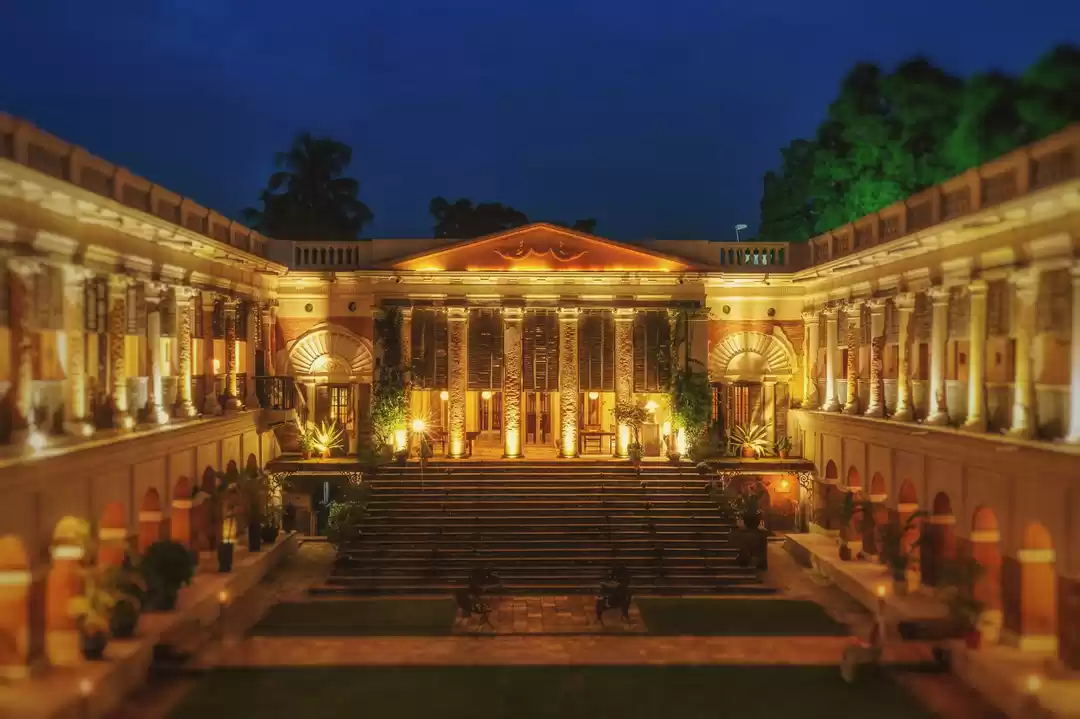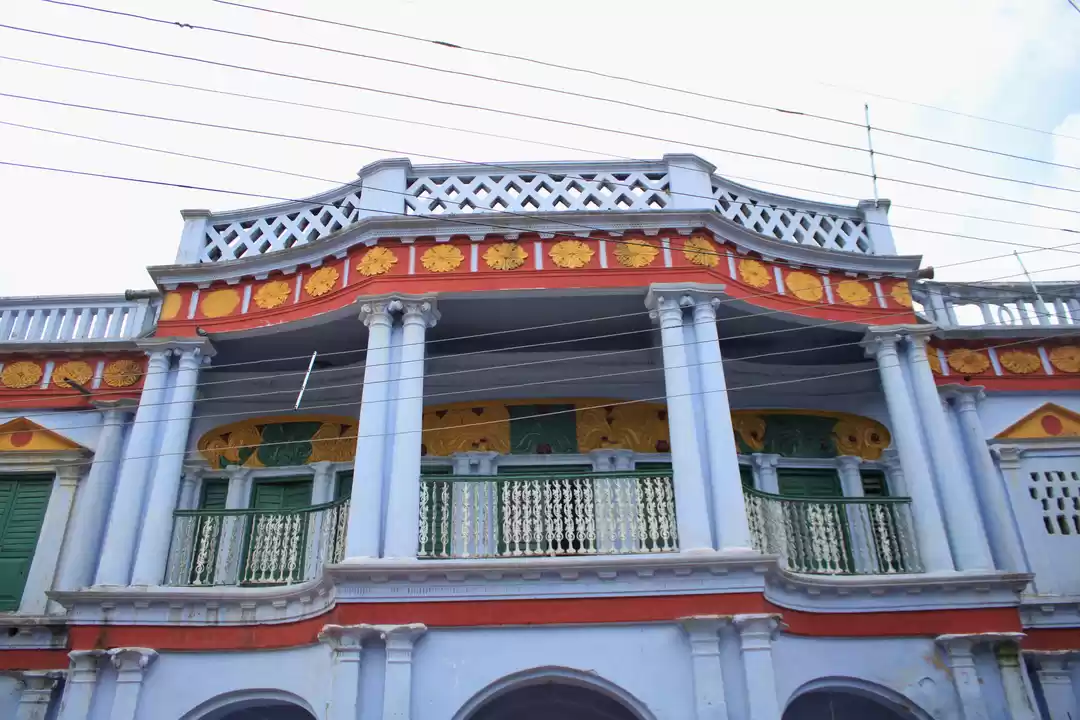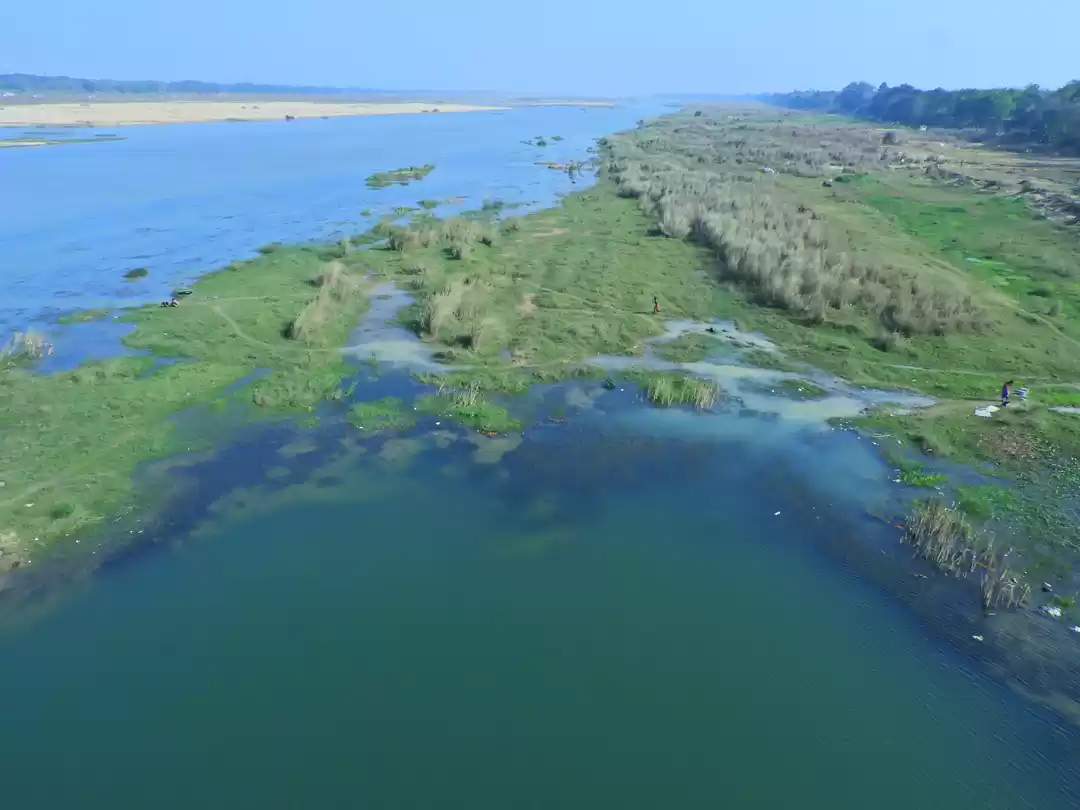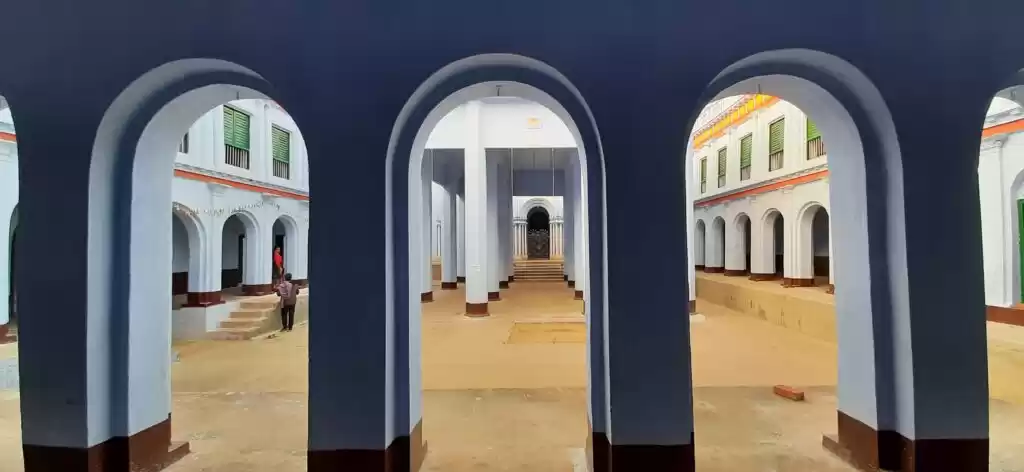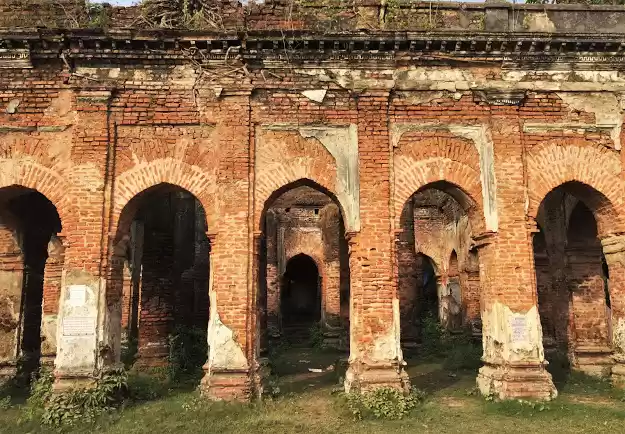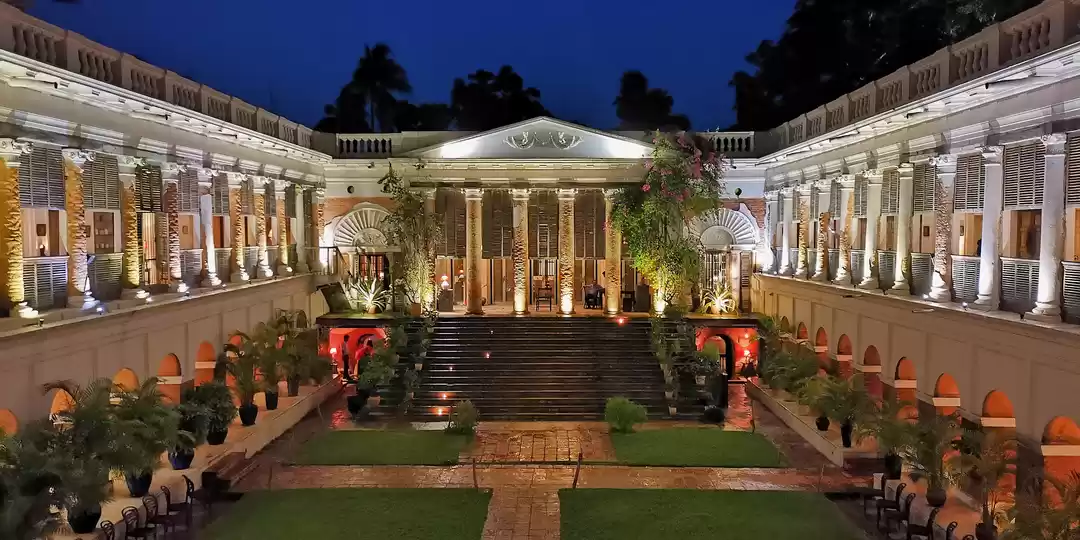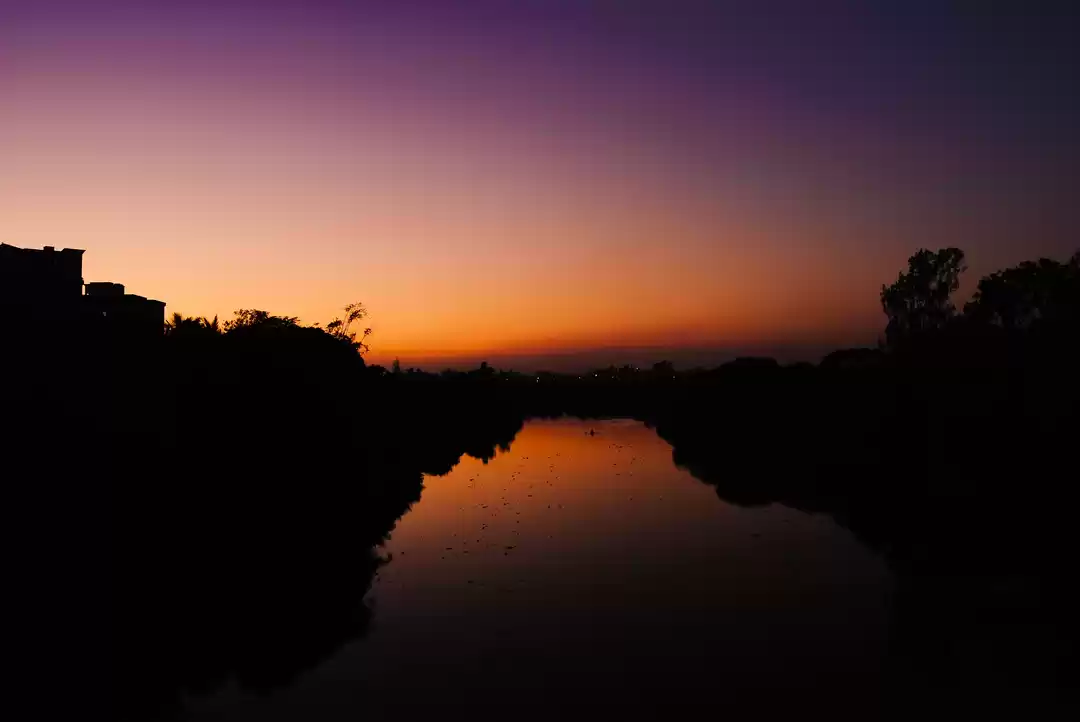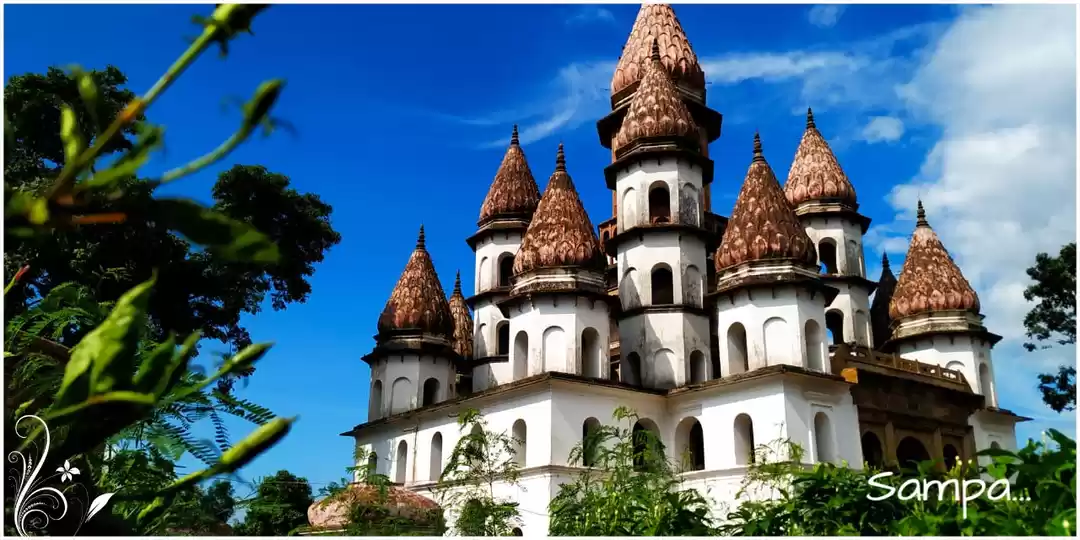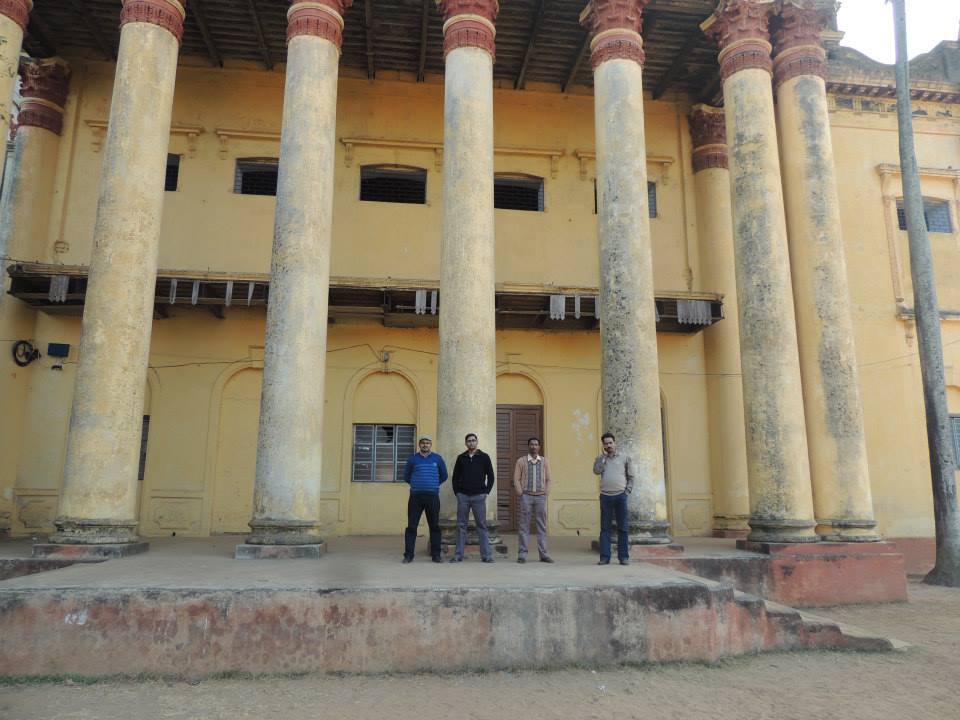
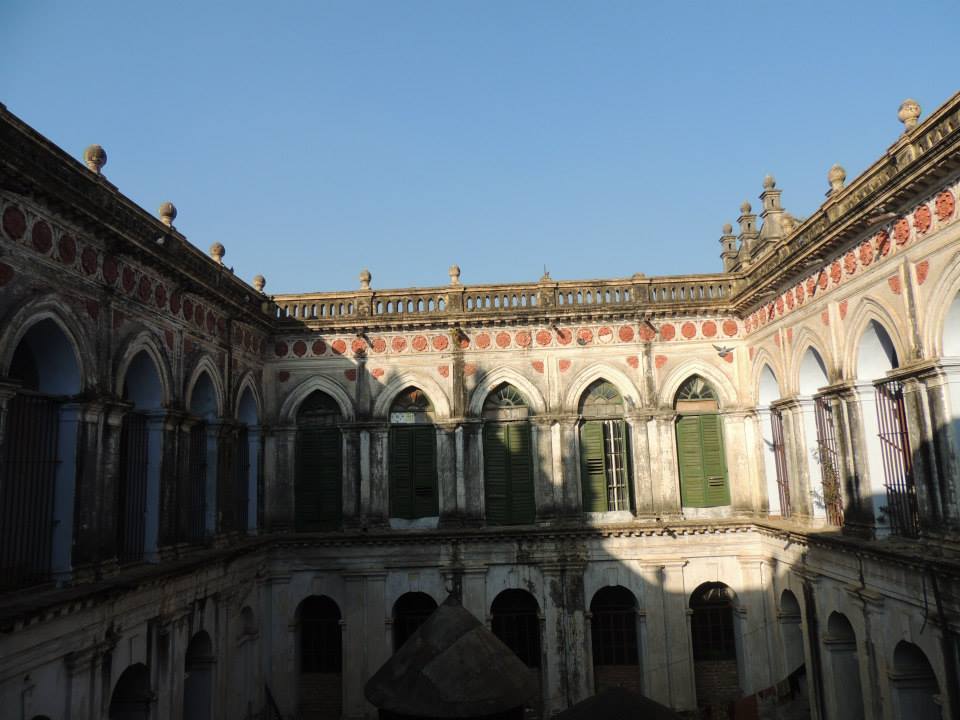
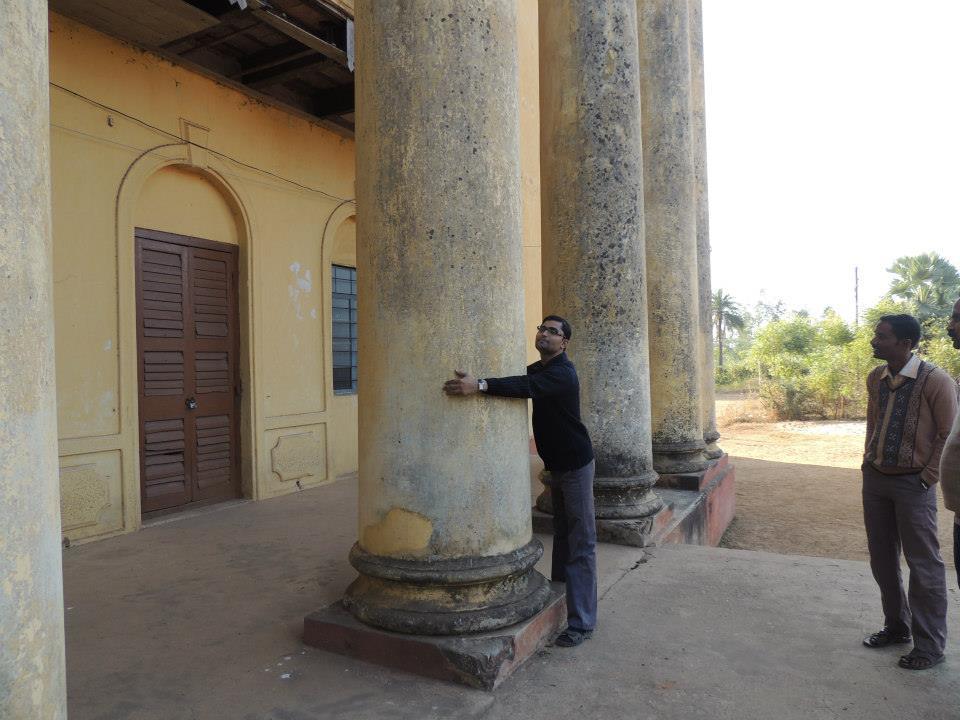
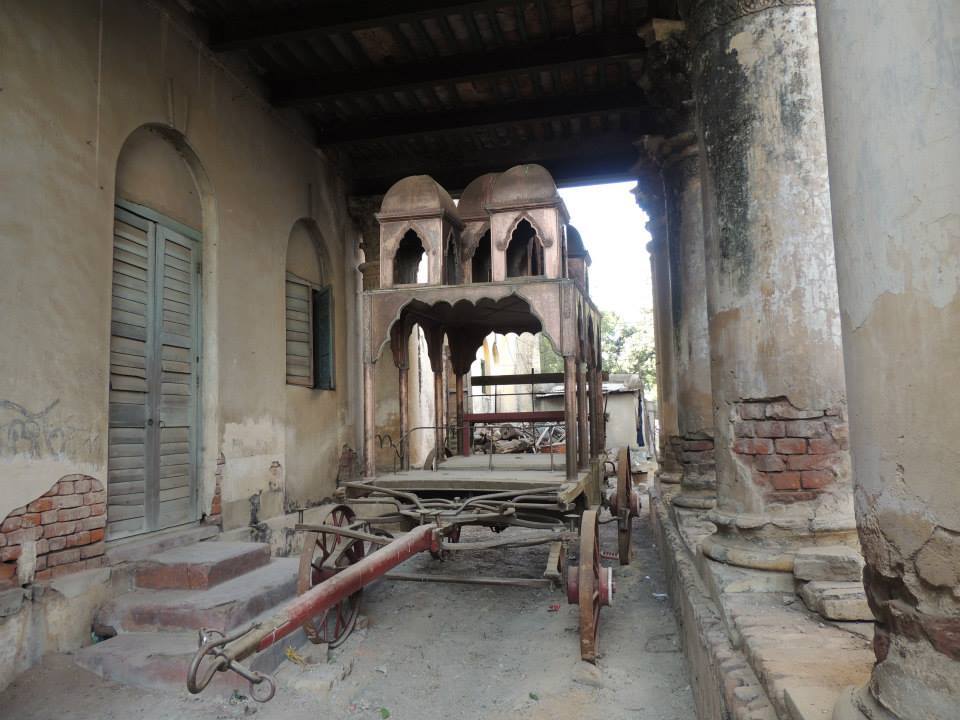
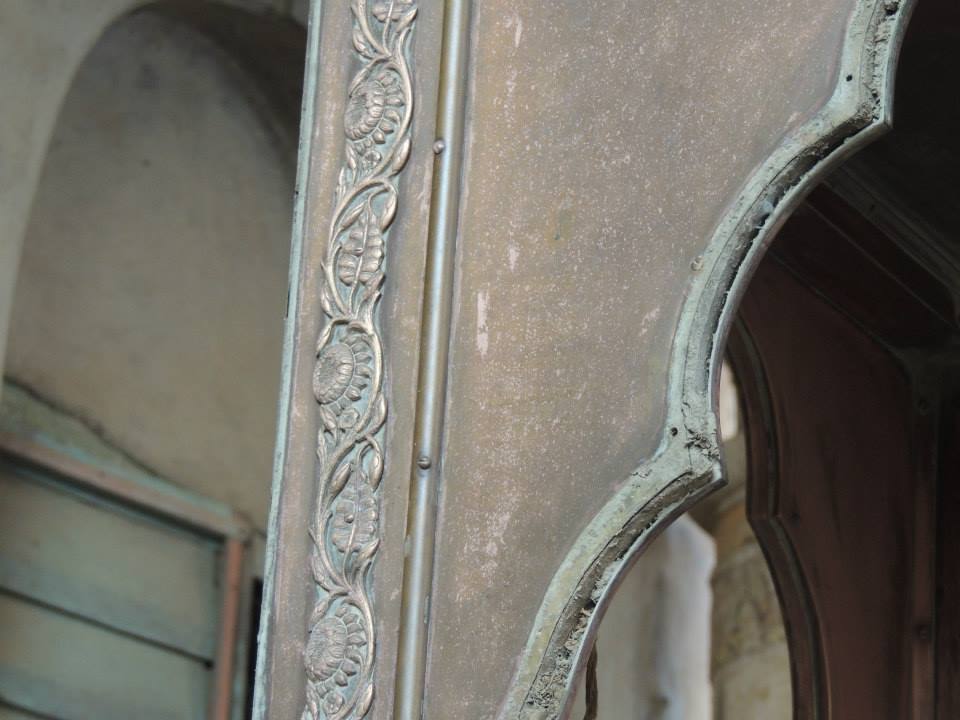
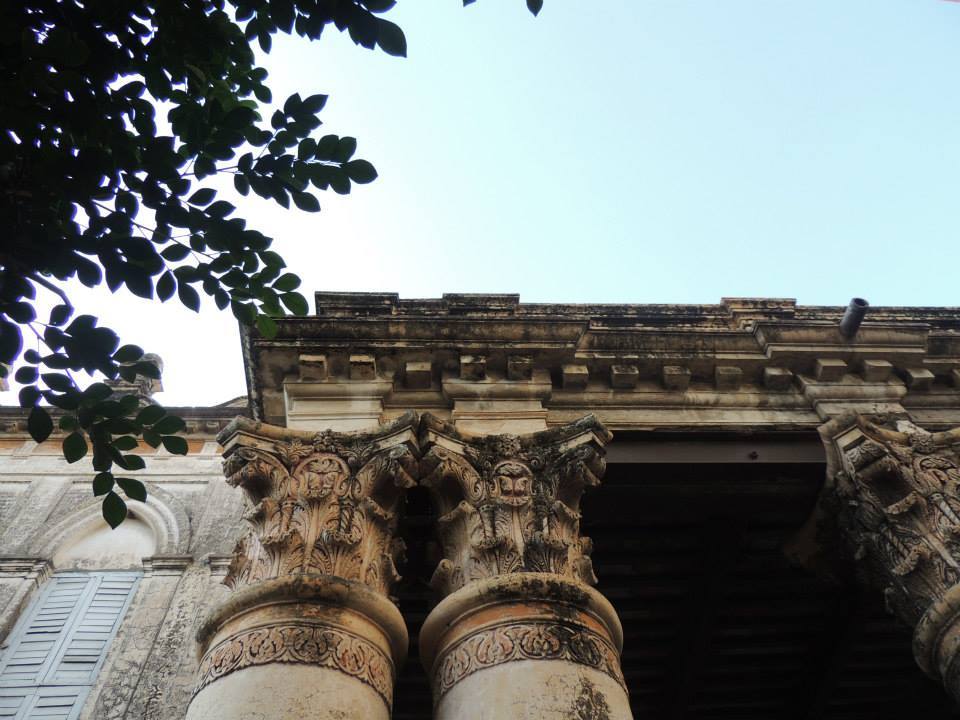
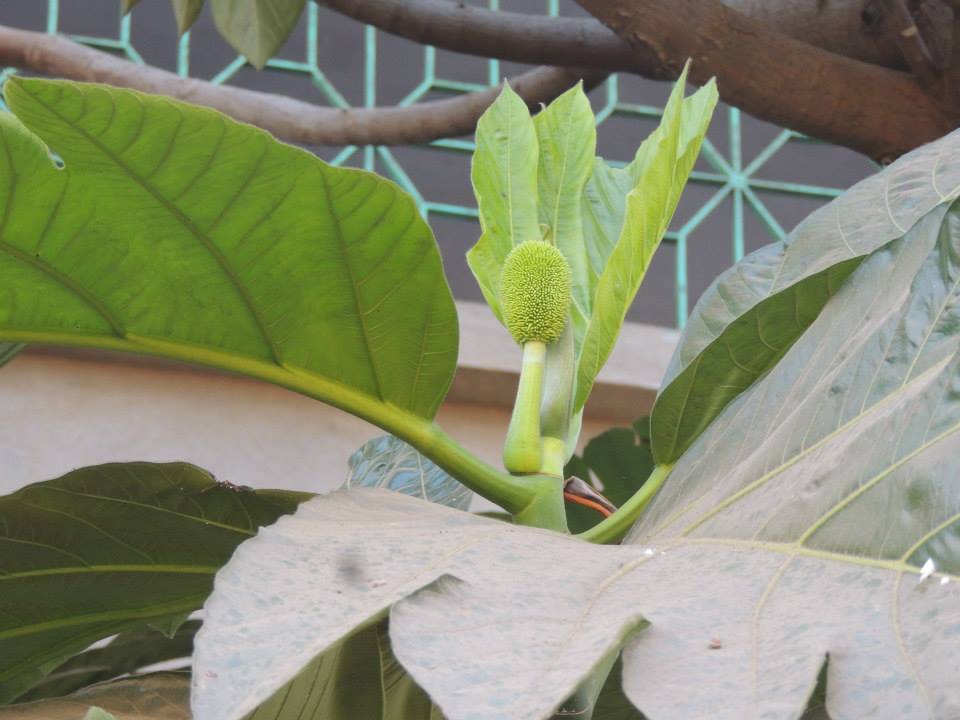
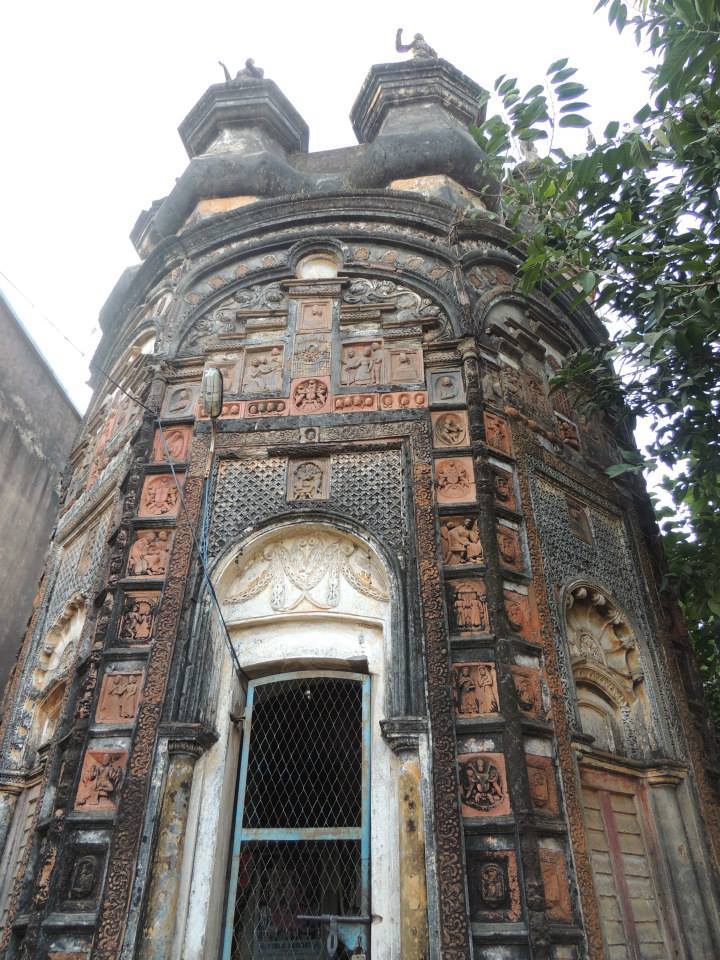
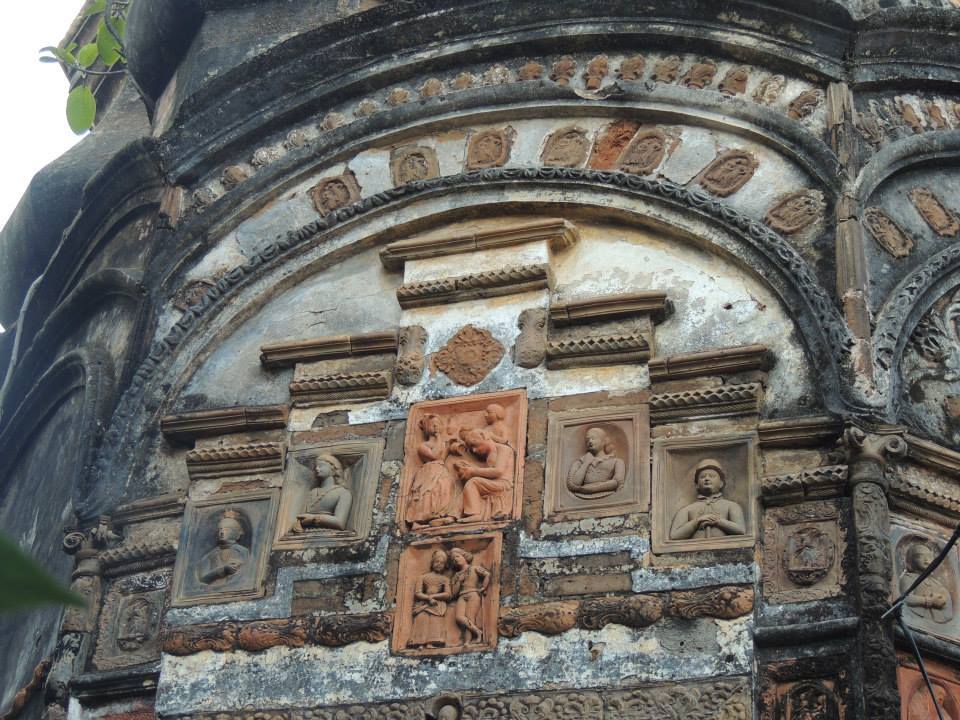
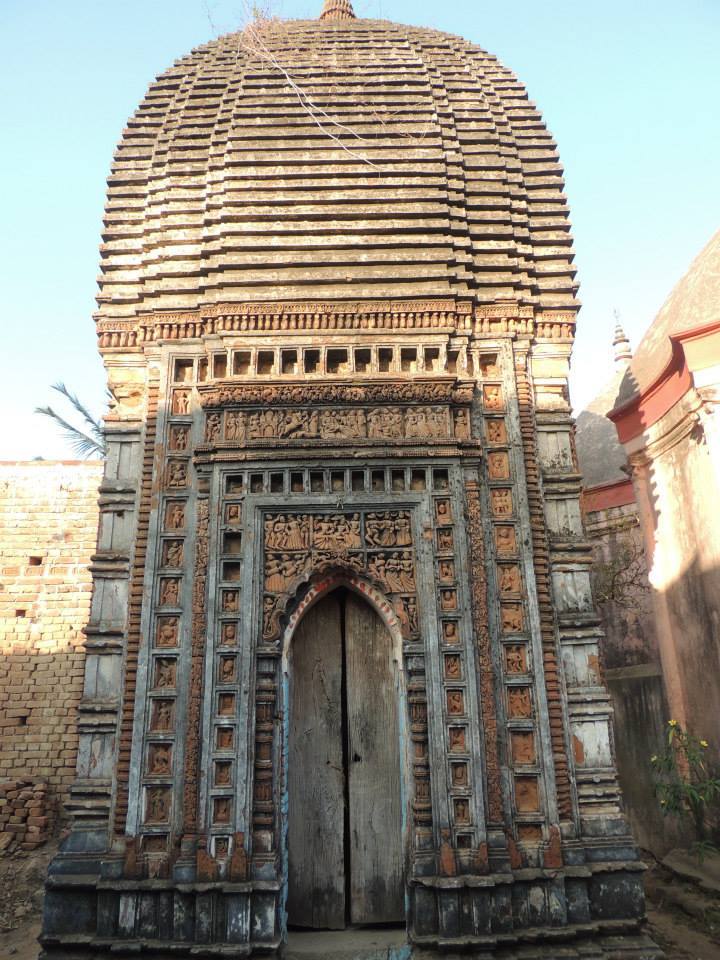
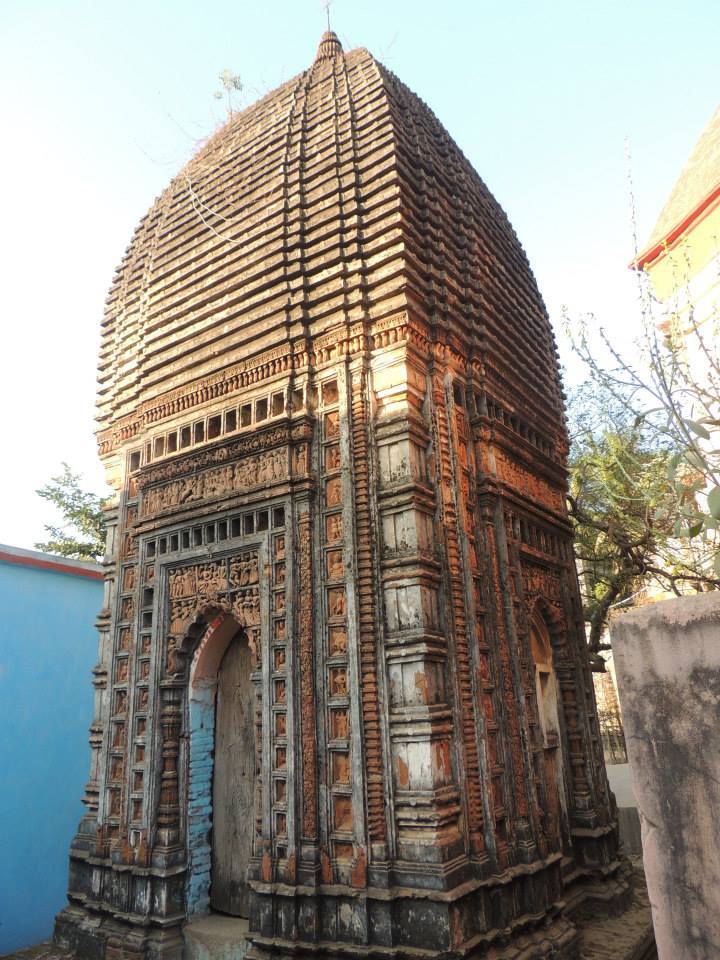
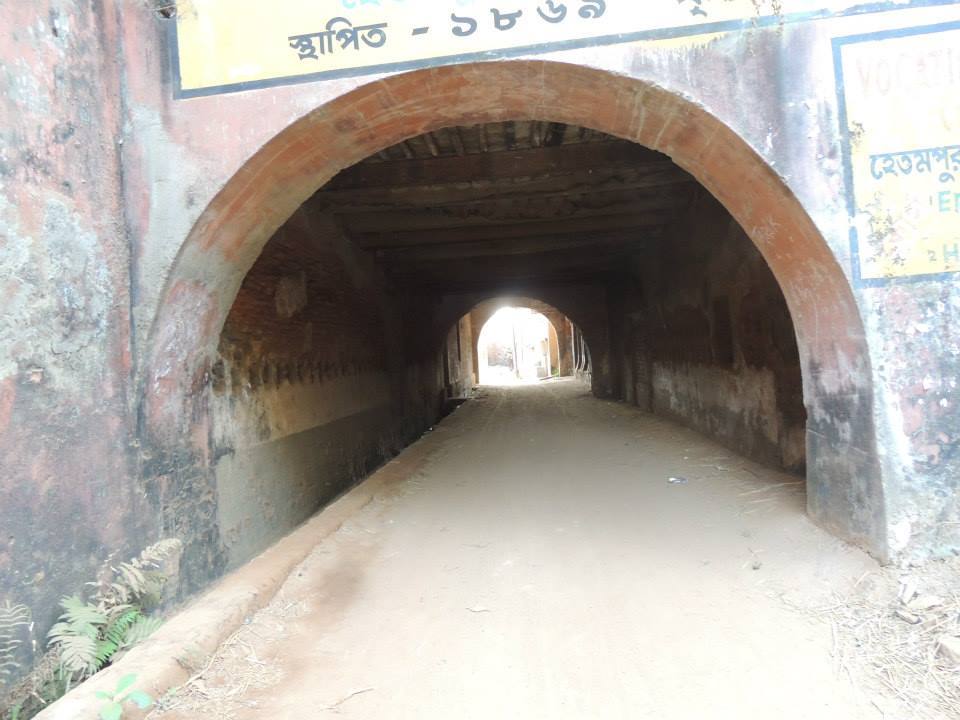
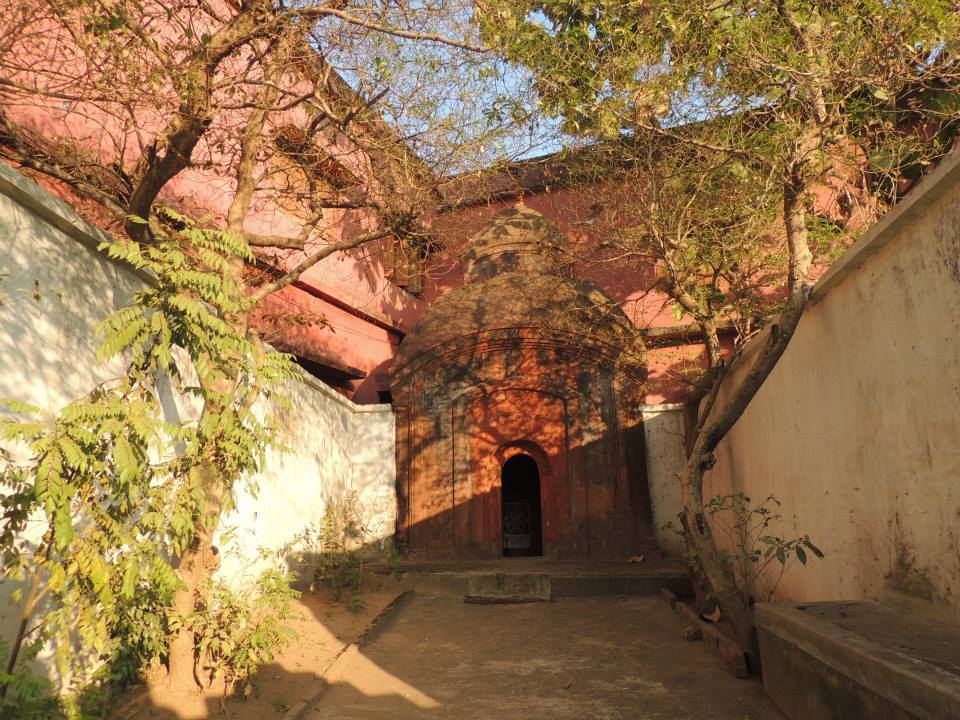
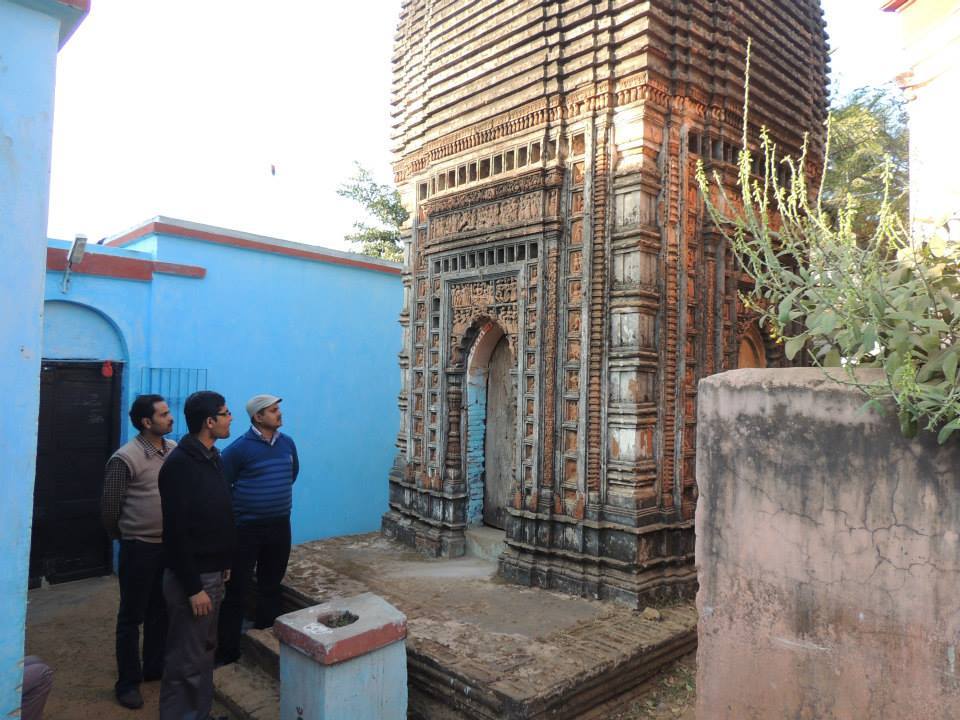
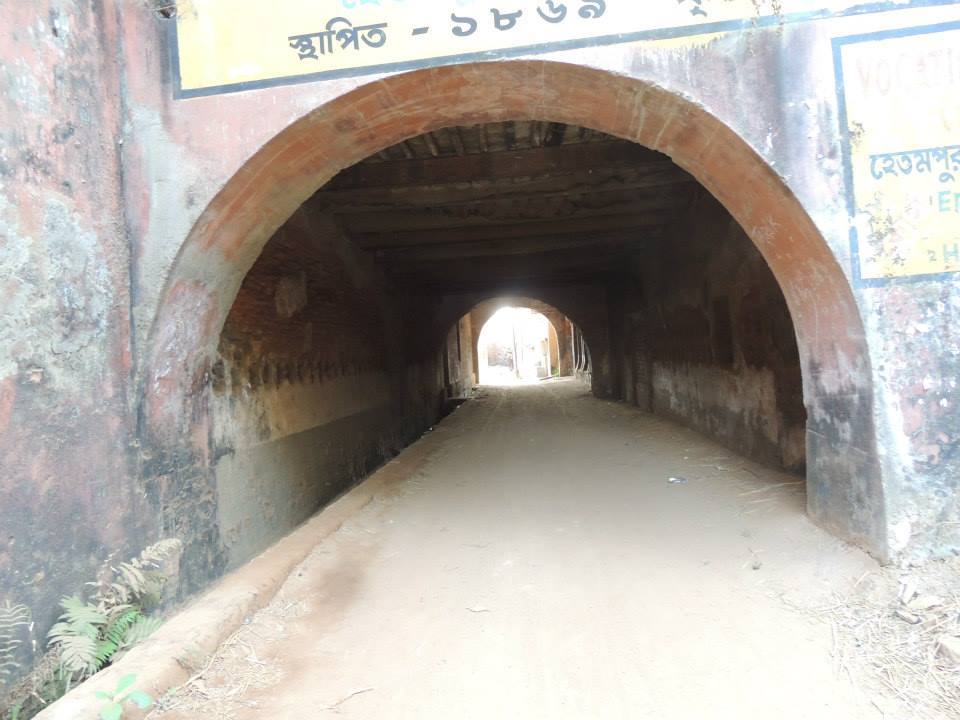
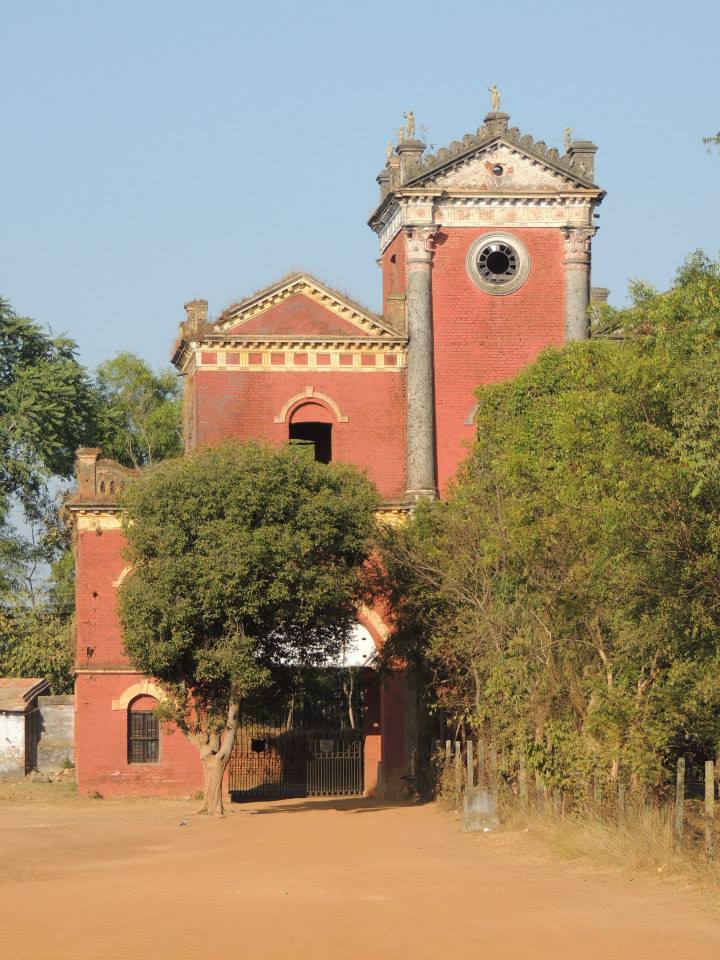
The earlier name of the place was Raghabpur, named after Raghab Roy, who was a Zamindar of the place under the Royal Kings of Rajnagar. Murshid Quli Khan,Nawab of Bengal, came, on the request of the Rajnagar kings, to tame the rebellious Raghab Roy. The latter was defeated and he fled. Thereafter, Hatem Khan became Zamindar, of this place and it was renamed Hatempur. With the passage of time it became Hetampur. It is said that Hafeez Khan, a soldier, had an affair with a royal princess of Delhi. He fled from Delhi along with the princess and was provided refuge by Hatem Khan. He followed the latter as jaigirdar of Hetampur.
The House of Hetampur Raj rose from obscure origins to the status of the most powerful Kingdom and later Zamindari of Birbhum district.
Muralidhar Chakravarty, an ancestor of the Hetampur Raj family, emigrated from Bankura district to Birbhum in the late seventeenth century. He first worked in a menial job under the Muslim Zamindar of Rajnagar. His son, Chaitanya Charan Chakravarty, was brought to Hetampur by Hafeez Khan, the Fouzdar (Military Commandar) of Hetampur fort, some fifteen miles south-east of Rajnagar. He died leaving the family in penury.
His son, Maharaja Radhanath Chakravarty, was founder of Hetampur Raj family with his 'dash, zeal, and intelligence'. He subdued the Roy family of Hetampur, who were then Gomasta (Secretary) and Ijaradar (Lease Holder) of Birbhum Raj. With the decline of Rajnagar, the Roy family eclipsed and Radhanath’s fortunes began to rise. Between 1781 and 1799 he undertook Lease of 19 Mouzas of Birbhum Raj and captured some in battles with them. He purchased several Mahals (Zamindari Area) from Murshidabad Nawab when they were put up for auction but never paid taxes and declared freedom from Muslim rule. During the period he had a decisive war with Rajnagar and became independent Bengali King of Birbhum and nearby areas. In the end, he brought the Roy family on his pay roll. When he died in 1838, the net income from his property was Rs. 20,000.
Radhanath’s son, Raja Bipracharan Chakravarty, was the most successful ruler of the Hetampur Raj family. He surpassed his father in ambition, enterprise and ingenuity. Within seven years of his father’s death, he made his Kingdom, the largest in Birbhum. He lent Rs. 50,000 to Bibi Rajibunissa of Rajnagar Raj family and in return secured more lands. He also ruled over extensive areas in Santhal Parganas.
In 1875, Northbrook conferred on Ramranjan Chakravarty, grandson of Bipracharan, the title of Raja though he was then reduced to a mere Zamindar only and accepted suzerainty of the British India. Two years later he was raised to the position of Raja Bahadur by Lord Lytton. In 1912, he was elevated to the rank of Maharaja , a great honour and distinction for a Zamindar then.
Hetampur has many interesting terracotta temples in various styles of architecture. During the late 1940s till about 1952 Indian artist Mukul Dey conducted detailed photographic survey of Birbhum-Barddhaman group of terracotta temples. He visited Hetampur and photo recorded the Gol-Mandir, the Chandranath Shiva temple and the Dewanji temples here. Chandranatha Siva Mandir in Hetampur of Dubrajpur, Birbhum built in 1847 is Octagonal pinnacled - Naba Ratna type with terracotta on three sides. Dewanji Mandir nearby is tightly ridged Rekha type with small terracotta facade of 19th century Birbhum-Barddhaman style having rich terracotta on two sides. Out of these three temples, the Gol-Mandir temple is no longer in existence at Hetampur. Its memory survives only in the photographs by Mukul Dey. A portrait of Queen Victoria, European nuns and priests form the theme of decoration on a 19th-century temple in Hetampur.













